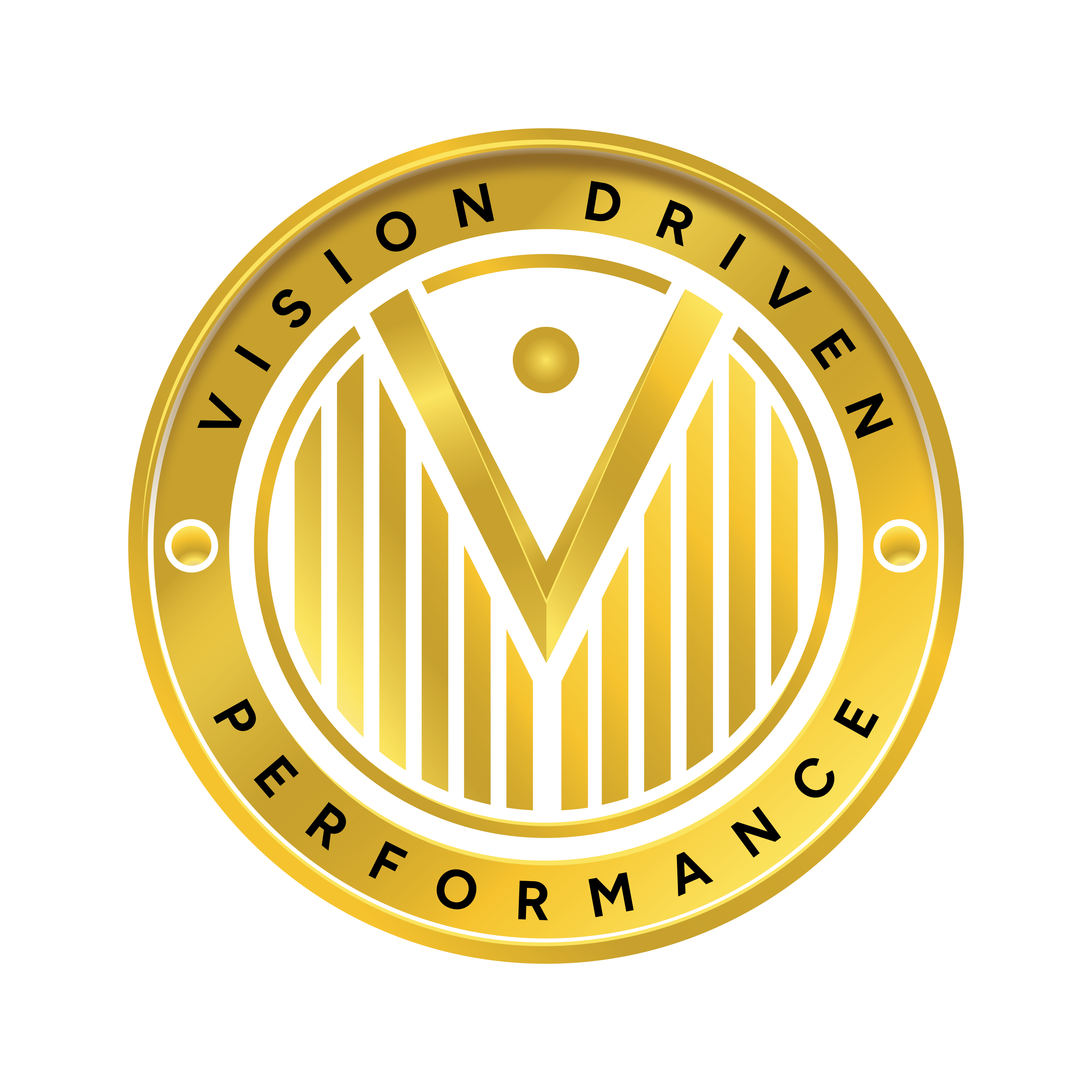The “4 S’s” of a business plan refer to four key components that are essential for creating a comprehensive and effective business plan.
These components are…
- Summary
- The summary section of a business plan provides an overview of the entire document and highlights the most important points. It typically includes a concise description of the business concept, the target market, unique selling propositions, key objectives, and a summary of financial projections. The summary serves as a snapshot of the business plan and should grab the reader’s attention while providing a clear understanding of the business venture.
- Strategy
- The strategy section outlines the business’s strategic approach and plan for achieving its objectives. This includes defining the target market, analyzing competitors, identifying marketing and sales strategies, outlining operational plans, and setting measurable goals and milestones. The strategy section provides a roadmap for how the business intends to succeed in the marketplace and differentiate itself from competitors.
- Structure
- The structure section of a business plan details the organizational and operational structure of the business. This includes information about the legal structure (e.g., LLC, corporation, partnership), ownership and management structure, key personnel, roles and responsibilities, and any strategic partnerships or alliances. The structure section helps investors and stakeholders understand how the business is organized and who is responsible for executing the business plan.
- Supporting Documents
- The supporting documents section includes supplementary materials and information that support and validate the claims and assertions made in the business plan. This may include financial statements (e.g., balance sheet, income statement, cash flow statement), market research data, product or service descriptions, resumes of key team members, legal documents (e.g., contracts, licenses), and any other relevant documents. The supporting documents provide additional context and evidence to substantiate the business plan’s assertions and projections.
By addressing these four key components—summary, strategy, structure, and supporting documents—a business plan can effectively communicate the business concept, strategy, and operational plan to potential investors, lenders, and other stakeholders. Each component plays a critical role in presenting a clear and compelling case for the viability and potential success of the business venture.




